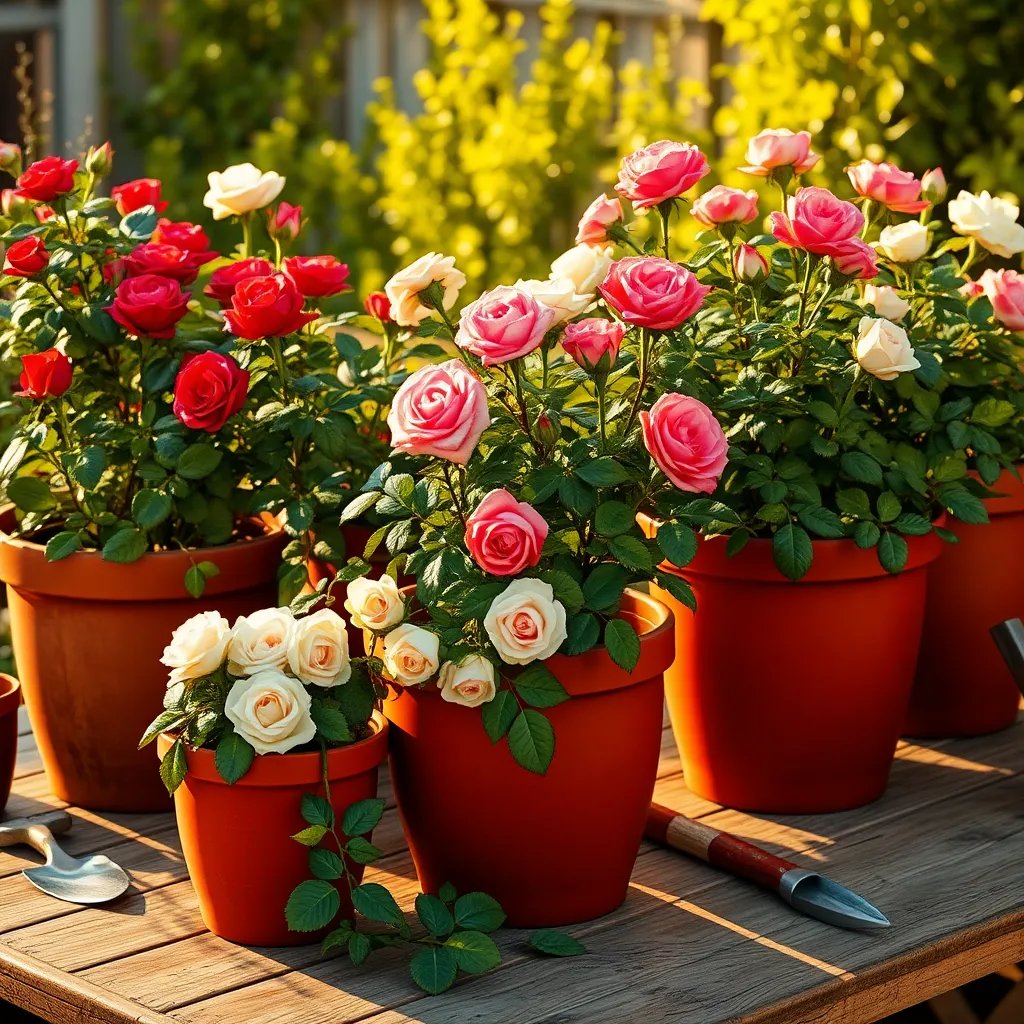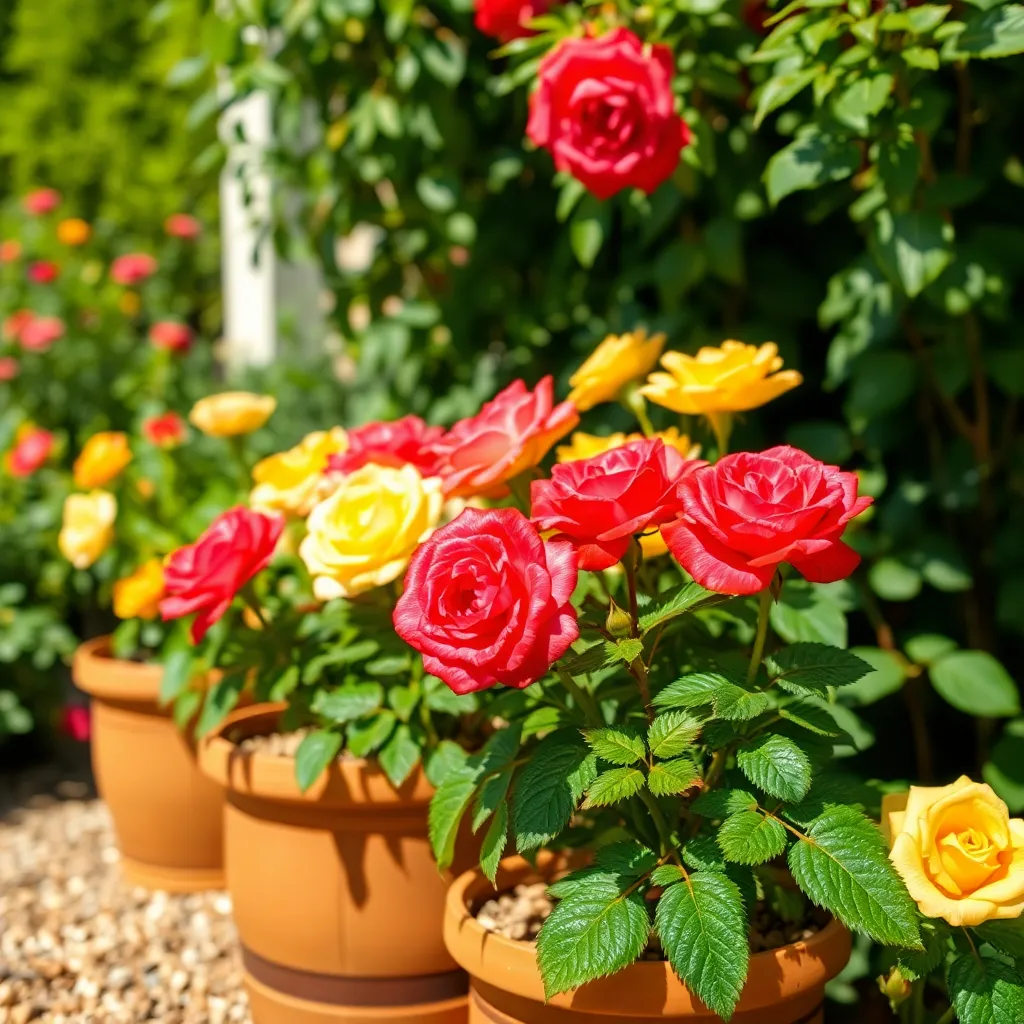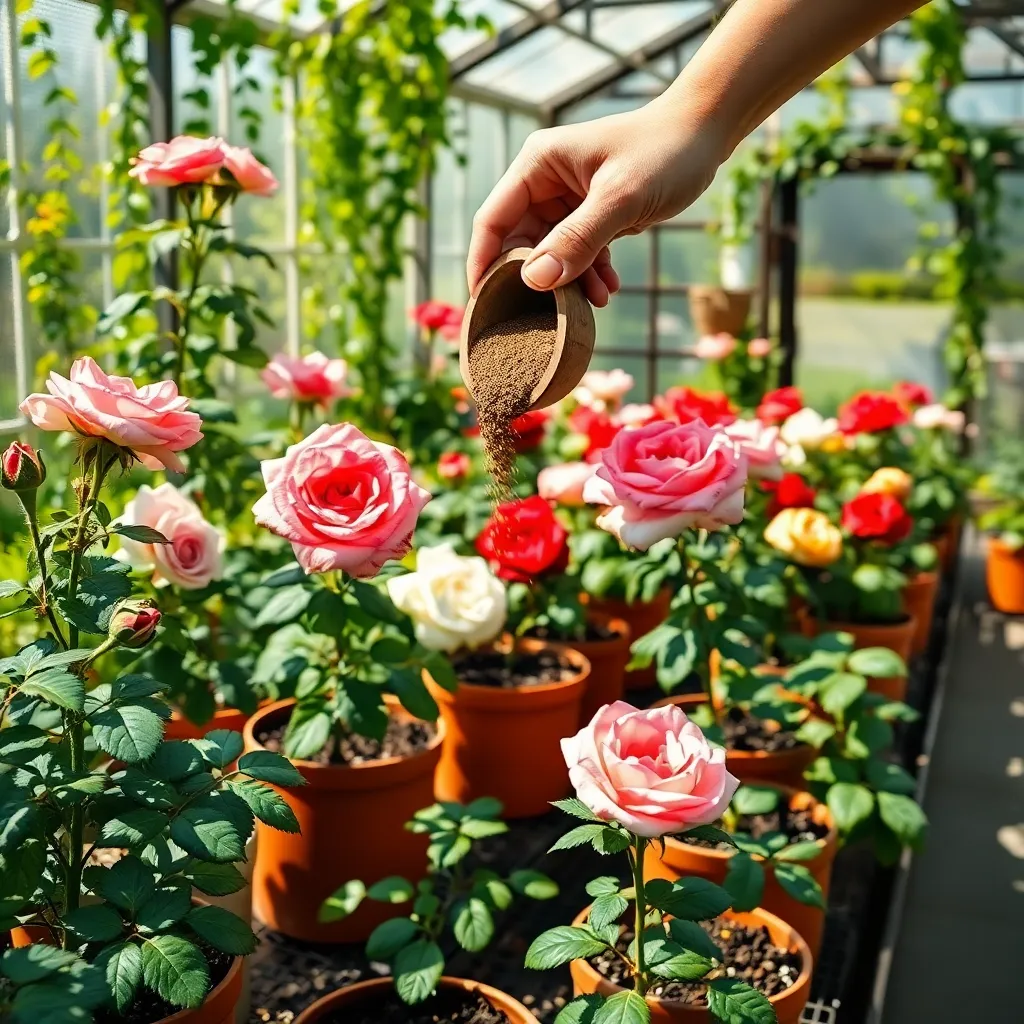Roses, with their vibrant blooms and intoxicating fragrance, have long been the crown jewel of gardens worldwide. Whether you’re just beginning your gardening journey or you’re a seasoned green thumb, growing roses in pots offers a delightful way to enjoy these classic beauties even in the smallest of spaces. This guide is crafted to help you unlock the secrets of successful potted rose cultivation, ensuring every gardener can bask in the joy of watching these blooms flourish on their patios, balconies, or windowsills.
Imagine the satisfaction of nurturing a rose from bud to blossom, right at your fingertips, regardless of your garden’s size. With the practical tips and techniques outlined in this guide, you’ll discover how to select the right varieties, provide optimal care, and troubleshoot common issues, allowing you to cultivate roses that thrive. Embrace the confidence to transform any corner of your home into a blooming oasis and experience the rewarding sense of accomplishment that comes with each fragrant blossom.
Choose Deep, Spacious Containers

When choosing containers for your roses, prioritize depth and space. Roses need ample room for their roots to grow, so opt for pots that are at least 18 inches deep and wide.
Material matters when selecting a pot; terracotta and ceramic are excellent choices due to their breathability. However, if you live in a hot climate, consider plastic or fiberglass to retain moisture better.
Drainage is crucial to prevent root rot, so ensure your chosen container has several drainage holes. You can enhance drainage by adding a layer of gravel or broken pottery pieces at the bottom before filling it with soil.
For soil, use a high-quality potting mix with good drainage, such as one formulated for roses or flowering plants. You can also create your own mix by combining equal parts of garden soil, peat moss, and perlite for an ideal rose-growing medium.
- Check the weight of your container, especially if you need to move it frequently; lighter materials can be beneficial.
- Consider using a saucer under the pot to catch excess water, preventing messes and providing humidity for the plant.
Use Rose-Specific Potting Mix

When growing roses in pots, using a rose-specific potting mix is crucial for their health and growth. This type of soil is specially formulated to provide the right balance of aeration, drainage, and nutrients that roses need.
Look for a potting mix that contains organic matter such as peat moss or compost, which improves water retention and provides essential nutrients. It’s also important to choose a mix that includes perlite or vermiculite to enhance drainage and prevent waterlogging, which roses are particularly sensitive to.
For optimal results, consider adding a slow-release fertilizer to the potting mix. This will ensure that your roses receive a consistent supply of nutrients over time, promoting healthy growth and abundant blooms.
More advanced gardeners might opt to create their own custom blend by mixing equal parts of quality garden soil, coarse sand, and well-rotted compost. This allows for greater control over the nutrient content and structure of the soil, tailored to your specific rose variety.
Water Thoroughly, Avoid Overwatering

Watering your potted roses correctly is crucial for their health, as they require consistent moisture without becoming waterlogged. Thorough watering ensures that the entire root system receives adequate hydration, promoting robust growth and abundant blooms.
Begin by checking the moisture level of the soil about an inch below the surface—if it feels dry, it’s time to water. To water thoroughly, pour water slowly until it starts to drain from the bottom of the pot, ensuring the entire root ball is saturated.
It’s important to avoid overwatering, which can lead to root rot and other issues. To prevent this, use pots with drainage holes and a well-draining potting mix, allowing excess water to escape easily.
Consider the climate and weather conditions, as these factors influence how often you need to water. In hot weather, you may need to water more frequently, while cooler conditions might require less frequent watering. Adjust your watering schedule accordingly to keep your roses healthy and thriving.
Fertilize with Balanced Rose Feed

Using a balanced rose feed is essential for maintaining the health and vibrancy of your potted roses. Choose a fertilizer with an equal ratio of nitrogen, phosphorus, and potassium, such as a 10-10-10 formula, to ensure your roses receive all necessary nutrients.
Apply the fertilizer every four to six weeks during the growing season to support blooming and foliage growth. Make sure to follow the instructions on the product label carefully, as over-fertilizing can damage your plants.
Incorporate the rose feed into the soil by gently working it in with a small hand rake or by watering it in thoroughly. This helps distribute the nutrients evenly and encourages the roots to absorb them effectively.
For those with more experience, consider supplementing your roses with a slow-release fertilizer at the beginning of the season. This approach provides a steady supply of nutrients over time and can reduce the frequency of applications.
Prune Regularly for Healthy Growth

Regular pruning is essential for maintaining the health and vigor of your potted roses. By removing dead or diseased wood, you promote better air circulation and reduce the risk of fungal diseases.
Start by using sharp, clean pruning shears to make precise cuts. Always cut at a 45-degree angle, about 1/4 inch above an outward-facing bud, to encourage new growth in the desired direction.
It’s important to prune roses in early spring just as new growth begins. This timing helps the plant focus its energy on developing strong, healthy branches and abundant blooms.
For beginners, removing any thin, weak stems and crossing branches is a good start. More experienced gardeners might also thin out the center of the plant to allow more light and air to penetrate.
While weekly checks are beneficial, a thorough pruning session once a year is crucial for long-term health. Remember, consistent pruning not only shapes your roses but also stimulates their growth, leading to more vibrant blooms throughout the season.
Conclusion: Growing Success with These Plants
In nurturing roses in pots, we discovered five key relationship concepts: patience, communication, adaptability, commitment, and growth. Just as roses require time to flourish, relationships thrive on patience and understanding. Effective communication, akin to tending to the soil, ensures a healthy foundation. Adaptability keeps your garden flourishing, just as flexibility strengthens bonds. Commitment, like consistent care, is essential for lasting blossoms. Finally, growth is achieved through learning and evolving together, mirroring how a rose expands its beauty over time.
As you embark on this journey to cultivate not just roses but thriving relationships, start by applying one principle today—dedicate time to truly listen to your partner or loved one. This simple act can deepen your connection and pave the way for more profound growth together.
Don’t let these valuable insights slip away; save or bookmark this article now for ongoing reference. Remember, every step you take today sows the seeds for a flourishing relationship tomorrow. With dedication and love, your relationship can bloom beautifully, just like roses in a well-tended pot. Here’s to nurturing vibrant connections and watching them grow!

